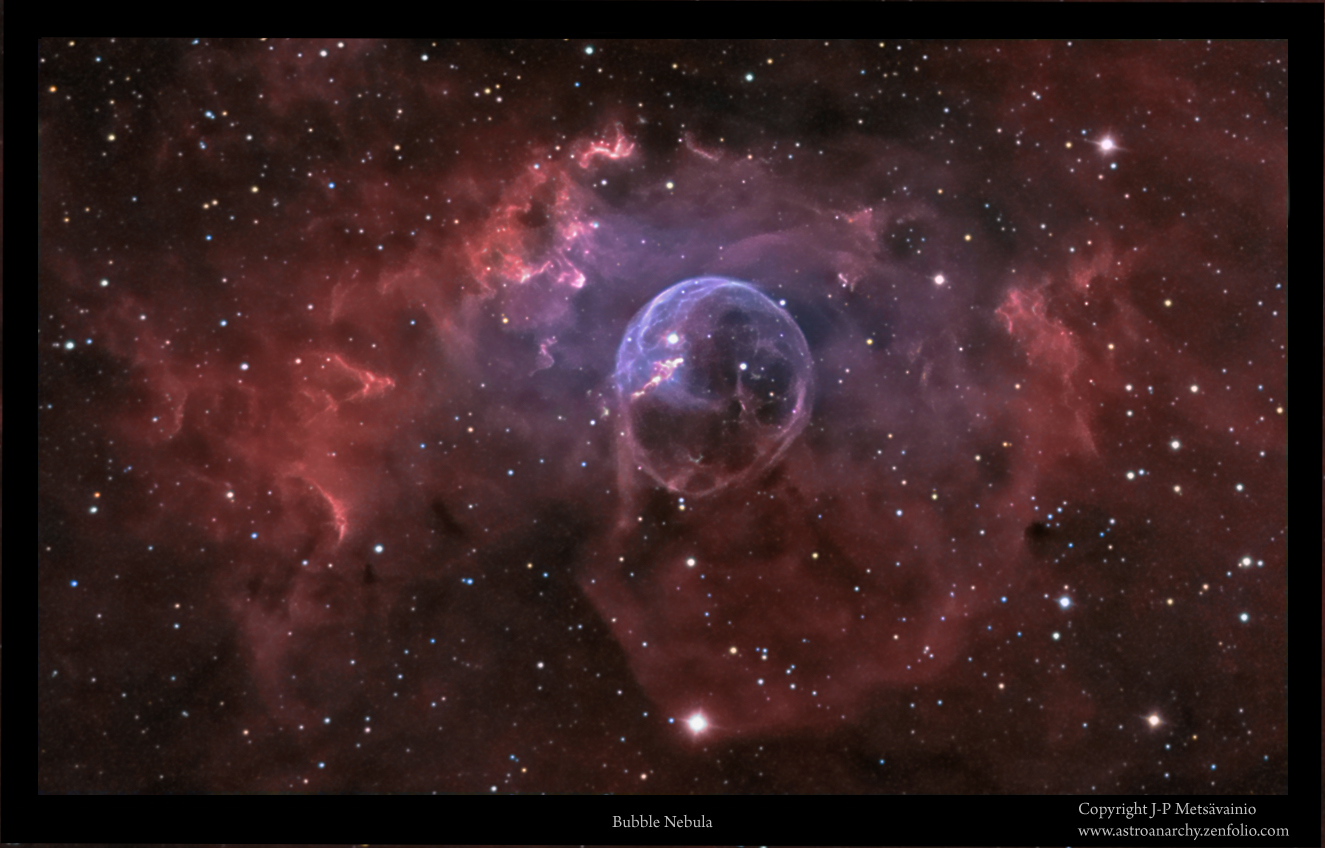

On Twitter, Facebook, Google News, and Instagram. This archive list links to previous daily APOD pages from the current date through January 1, 2015. Plus, AccuWeather meteorologists provide forecasts for stargazing. The nebula is in the Perseus molecular cloud, and located approximately 960 light-years away. Experts offer insights into the latest astronomy news, discoveries, and images from space. The featured image shows in great detail the northernmost part of the Carina Nebula. Off the image to the lower right is the bright, erratic, and doomed star known as Eta Carinae - a star once one of the brightest stars in the sky and now predicted to explode in a supernova sometime in the next few million years.įollow HT Tech for the latest tech news and reviews, also keep up with us Astronomers are celebrating NASAs Hubble Space Telescopes 33rd launch anniversary with an ethereal photo of a nearby star-forming region, NGC 1333. The most famous occupant of the Carina Nebula, however, is not shown. Above the image center is the larger star cluster NGC 3293, while to its right is the emission nebula Loden 153. On the bottom left is the Gabriela Mistral Nebula consisting of an emission nebula of glowing gas (IC 2599) surrounding the small open cluster of stars (NGC 3324). The featured image shows in great detail the northernmost part of the Carina Nebula.

About 160 thousand light-years away, its the largest, most violent star forming. Explanation: The Tarantula Nebula, also known as 30 Doradus, is more than a thousand light-years in diameter, a giant star forming region within nearby satellite galaxy the Large Magellanic Cloud. Named for its home constellation, the huge star-forming region is larger and brighter than the Great Orion Nebula but less well known because it is so far south - and because so much of humanity lives so far north. Astronomy Picture of the Day (APOD) is a website provided by NASA and Michigan Technological University (MTU). The Tarantula Nebula from SuperBIT Image Credit: SuperBIT, NASA. The Great Carina Nebula is home to strange stars and iconic nebulas. Todays NASA Astronomy Picture of the Day is NGC 3372, also known as the Great Carina Nebula which is located in the constellation of Carina.


 0 kommentar(er)
0 kommentar(er)
